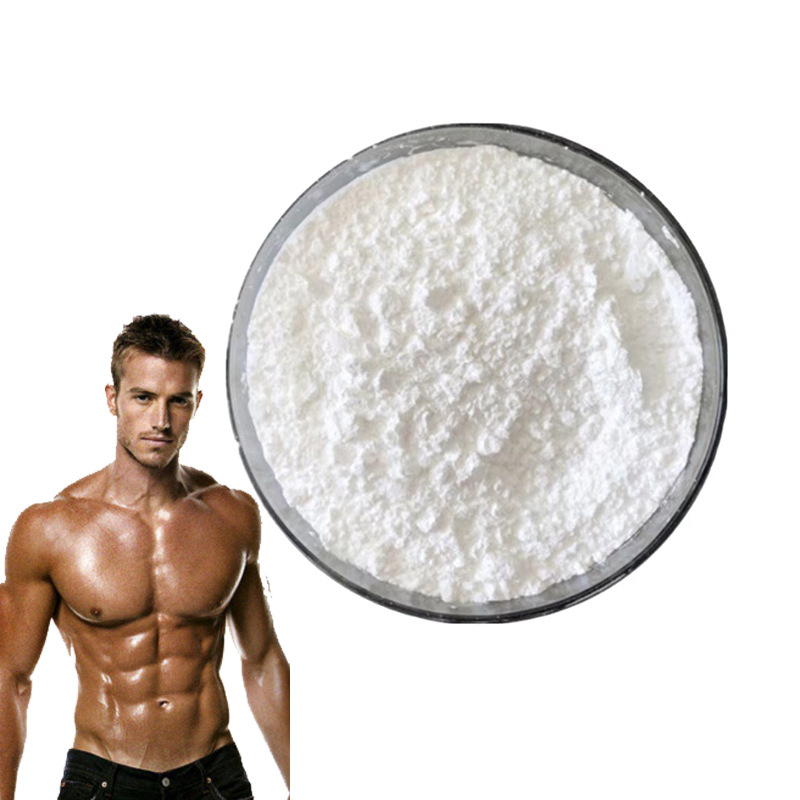SARMS RAD 140
SARMs RAD 140, also known as Testolone, is one of several selective androgen receptor modulators (SARMs) that was initially developed as a potential alternative to testosterone replacement therapy. It should not be confused with it’s esterified form, RAD 150, also known as TLB 150.RAD 140 binds to the androgen receptors (AR) in a selective manner and does not produce the full range of androgenic effects as similar substances like testosterone, DHT, or anabolic steroids.
RAD 140 Benefits from Clinical Research
Muscle Growth: A study on young male cynomolgus monkeys investigated the anabolic effects of 28 days of RAD140 at a dosage of 0.01mg/kg, 0.1mg/kg, and 1mg/kg per day. A mean weight gain of 10% was observed in both the 0.1mg/kg/day group and the 1mg/kg/day group, indicating a quantity response curve that leveled off and provided no additional benefit with higher quantities.There was no consistent effect on body fat mass in either group, however muscle mass increased in the 0.1 and 1mg/kg/day groups. No significant increases in liver enzymes or prostate weight were reported in either group suggesting a high level of selectivity for androgen receptors in muscle tissue.
Neuroprotection: Androgens have shown clinical significance in preventing neuronal apoptosis and improving cognitive function in Alzheimer’s Disease (AD), primarily through a nongenomic mechanism of the Androgen Receptor (AR). Rapid phosphoinositide 3-kinase/Akt signaling, activated by androgens, regulates the expression of proteins linked to apoptosis such as bax, seladin 1, survivin, XIAP, and bcl-xl.
Androgens can also maintain the integrity of neurons and thus improve cognitive function. Studies have shown that Aβ impairs synaptic structure and function of hippocampal neurons which is reversed by androgen administration resulting in improved cognitive performances in AD animal models. Although the underlying exact mechanisms are not yet fully understood, androgen’s action of inhibiting Aβ-induced apoptosis appears to play a role.
Cellular Protection: A 2014 study investigated the neuroprotective effects of RAD140 on cultured neurons and male rats that were lesioned with kianate. The experiment included two parts – one in vitro involving cell cultures and another in vivo through animal testing.
Results from the in vitro study showed that RAD140 was able to prevent cell death and restore mitochondrial membrane potential, indicating that it could offer neuroprotection much like testosterone and other androgens investigated for these effects.
The in vivo experiment tested the efficacy of RAD140 on male rats with kainate-induced seizures and showed a significant reduction in seizure activity compared to controls. Overall, this study demonstrated that RAD140 is capable of offering neuroprotection both in vitro and in vivo, suggesting it may one day have a place in treating neurological disorders.
Side effects of RAD 140
While RAD 140 and other SARMs do not cause androgenic side effects to the same extent as anabolic steroids like Testosterone, reports have revealed the potential for nausea, aggression, reduction in natural testosterone levels, or mild male pattern hair loss from the use of RAD 140. A single-member case report indicated drug-induced liver injury after 11 months of the use of an anti-depressant, as well as intermittent use of RAD 140 and LGD-4033.














